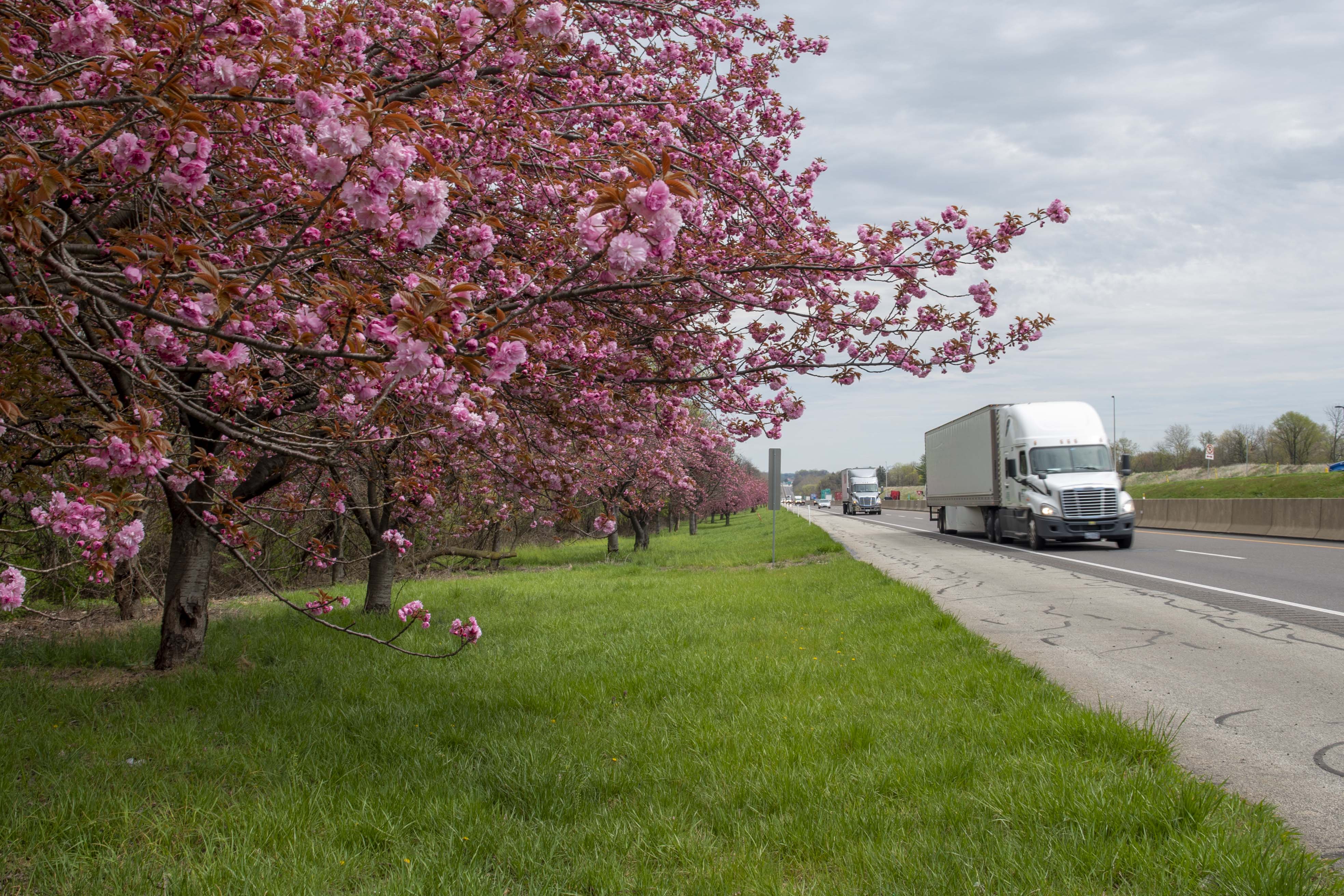How The Pennsylvania Turnpike Commission Finances One of the Nation’s Longest Toll Roads

The Pennsylvania Turnpike Commission (PA Turnpike) spans more than 565 miles, making it the nation's second longest toll road and an essential part of the northeastern transportation corridor. Operated independently, it is supported by toll revenue, rather than tax dollars that fund state and federal transportation agencies.
Solid financial management practices are key to successful operations, reinforcing our core value that “responsibility matters.” Through controlled spending, efficient debt management and innovation, the PA Turnpike demonstrates its ongoing commitment to financial stewardship.
Maintaining a high-quality roadway while managing assets and finances is one way we provide the greatest value for customer toll dollars. Here are the steps we are taking to do it.
Committing to Disciplined Fiscal Planning
For the last seven years, we've stayed below budgeted actual expenses and kept operating costs 2.9% below 2017 levels. As policy, operating expenses are limited to increases of no more than 2-3% annually.
We also operate with a highly optimized workforce - the current complement is nearly 50% lower than its 2002 peak.
Managing Act 44 Obligations
Act 44 of 2007 obligated the Commission to assist in funding statewide ground transportation beyond PA Turnpike operations. Since 2008, we have provided $8 billion to the Commonwealth for this purpose. Despite the $16 billion imposed debt, the PA Turnpike maintains toll rates that are middle of the pack as compared to other U.S. toll roads, bridges and tunnels. Act 44 debt service is the driver of the annual toll increases. Since the initial repayment plan was enacted, the toll increase schedule that continues through 2057 remains unchanged.
Aggressively and Strategically Refinancing Debt for Long-Term Savings.
Since 2009, the PA Turnpike refinanced approximately $8 billion of outstanding debt, generating an estimated $1.3 billion in cash flow savings over time. During the 2024 calendar year alone, we refinanced debt totaling nearly $866 million, saving an estimated $166 million over the next 20 years. For calendar year 2025, the PA Turnpike is on pace to refinance $2 billion, potentially generating an additional $271 million in savings.
Raising the Bar for Innovation
As a mobility leader, the PA Turnpike seeks additional revenue opportunities beyond tolling to enhance its operations while limiting customer impact. To date, our asset monetization efforts stand to generate more than $600 million in new, non-toll revenues over the next two to three decades.
For example, our 500-mile fiber optic broadband network was intentionally built with extra capacity so it can be leased to internet and telecom providers. It is estimated to generate tens of millions of dollars to the PA Turnpike over the next 20 years.
Forecasting Positive Traffic
Despite annual toll increases since 2009 to support Act 44 obligations, the PA Turnpike has had stable traffic demand, minimal traffic diversion and steady revenue growth. With limited exceptions (primarily the COVID pandemic), traffic volumes have remained stable or experienced growth for more than two decades. Our 2024 volumes are expected to exceed 208 million transactions and 2025's are anticipated to reach approximately 210 million transactions.
Achieving Improved Bond Ratings
Beyond signaling investor confidence and indicating financial health, credit ratings directly impact interest rates and the overall cost of project financing. In recognition of its sound financial management, the PA Turnpike recently received upgrades from three major reporting agencies - Moody's, S&P and Fitch. We have returned to pre-Act 44 credit ratings and maintain “AA” now by all four agencies, all while we continue to navigate our financial burden.
Collectively, these actions make it possible for the PA Turnpike to effectively balance financial stability with its extensive operations, allowing us to continue our role as one of the nation's and Commonwealth's critical transportation partners.
